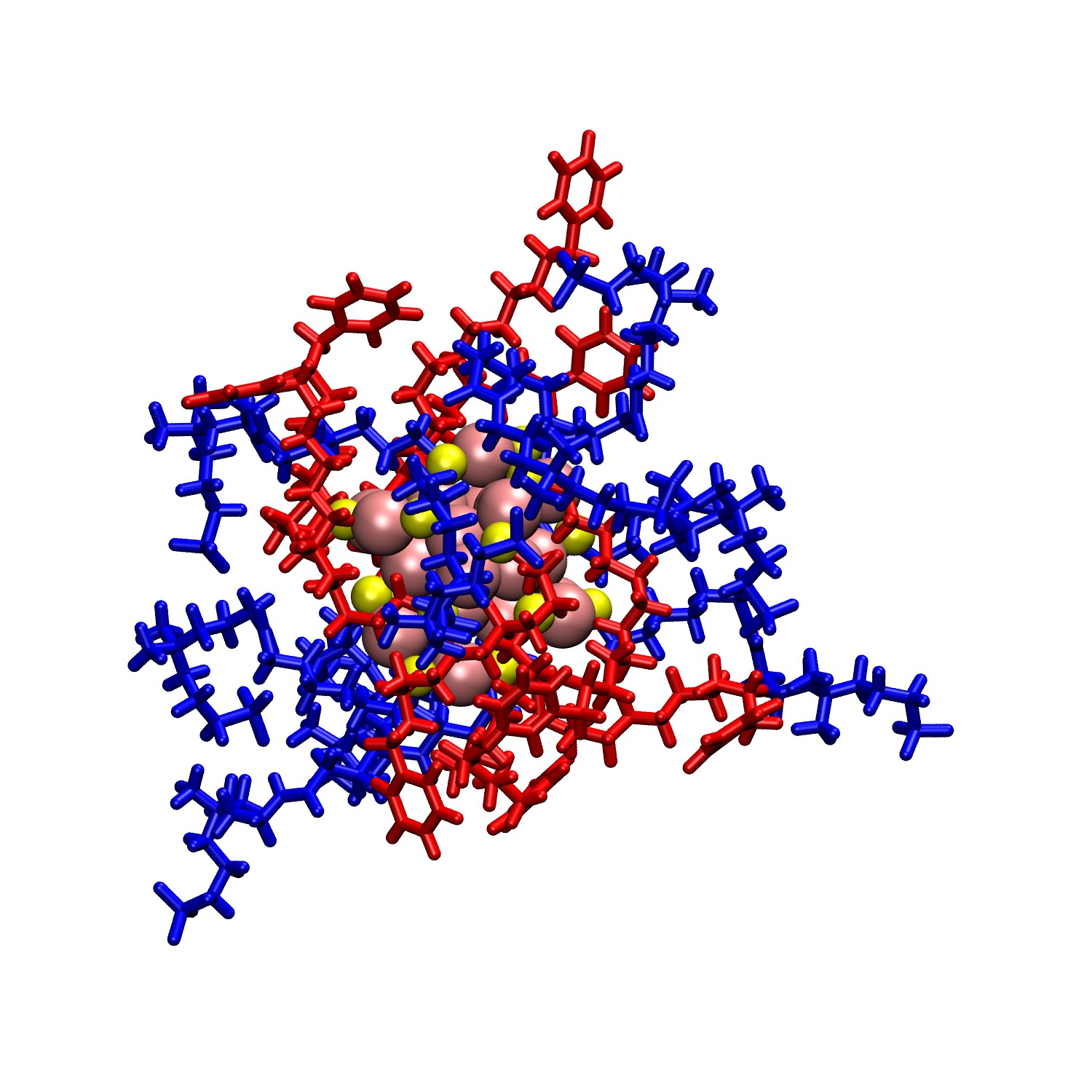Going for gold to reduce antibiotic resistance

New research has identified a way of using nanoclusters to bolster waning antibiotics. Tiny particles of gold could be the new weapon in the fight against bacterial antibiotic resistance, according to research just published.
Scientists have been investigating the use of gold nanoclusters - each made up of about 25 atoms of gold - to target and disrupt bacterial cells, making them more susceptible to standard antibiotic treatments.
A report from the World Health Organisation last year said “antibiotic resistance is rising to dangerously high levels in all parts of the world” and called for greater investment in ways to tackle the problem.
For several years, researchers have recognised the antimicrobial properties of specially-adapted gold nanoparticles, but they have struggled to find a way of getting the nanoparticles to the site of a bacterial infection without harming healthy host mammalian cells.
Now a study by an international team of scientists from the University of Leeds, Southern University of Science and Technology (Shenzhen) and Fudan University (Shanghai), both in China, has identified a way of packaging the gold nanoclusters in a molecular envelope that makes them less toxic to healthy tissue without affecting their antibacterial properties.
Laboratory studies have shown that the approach has had a “strong effect” in terms of killing a range of bacteria, some linked to hospital acquired infections and resistant to standard antibiotic treatments.
Read the full story on the University of Leeds website.
Read Controlling the pyridinium–zwitterionic ligand
ratio on atomically precise gold nanoclusters
allowing for eradicating Gram-positive drug-resistant bacteria and retaining biocompatibility on the Royal Society of Chemistry website.
